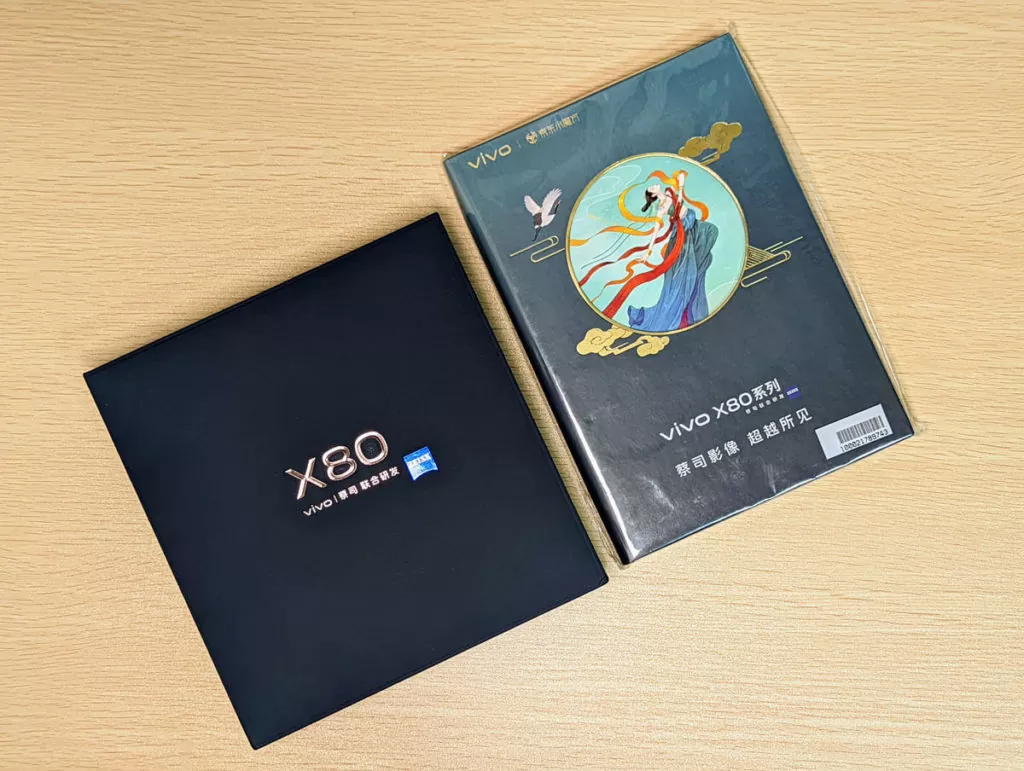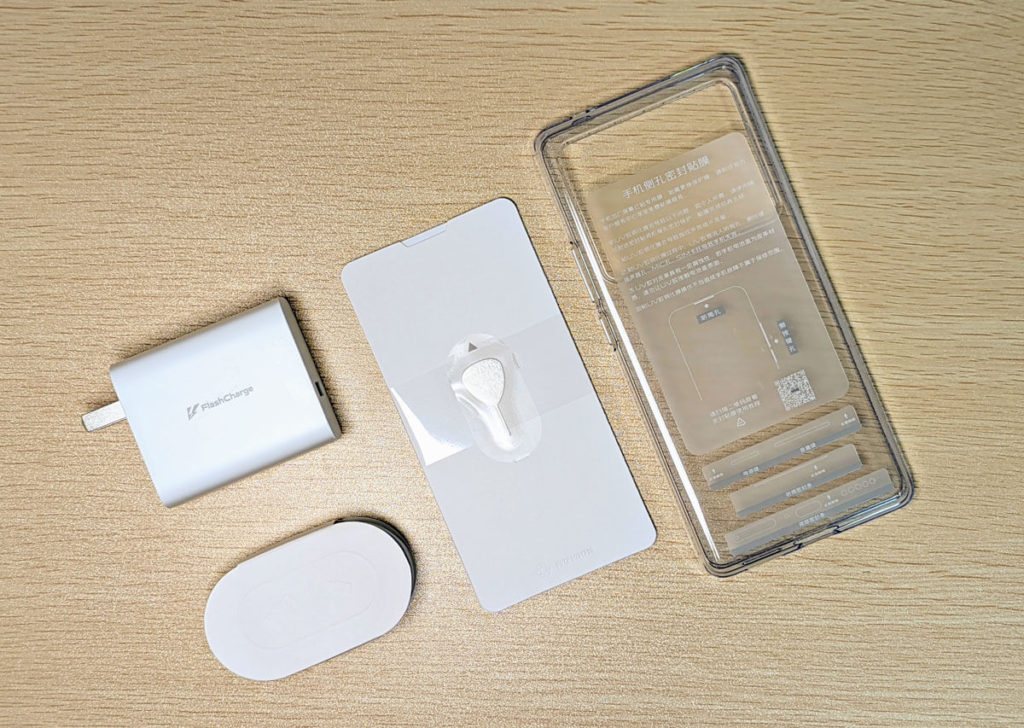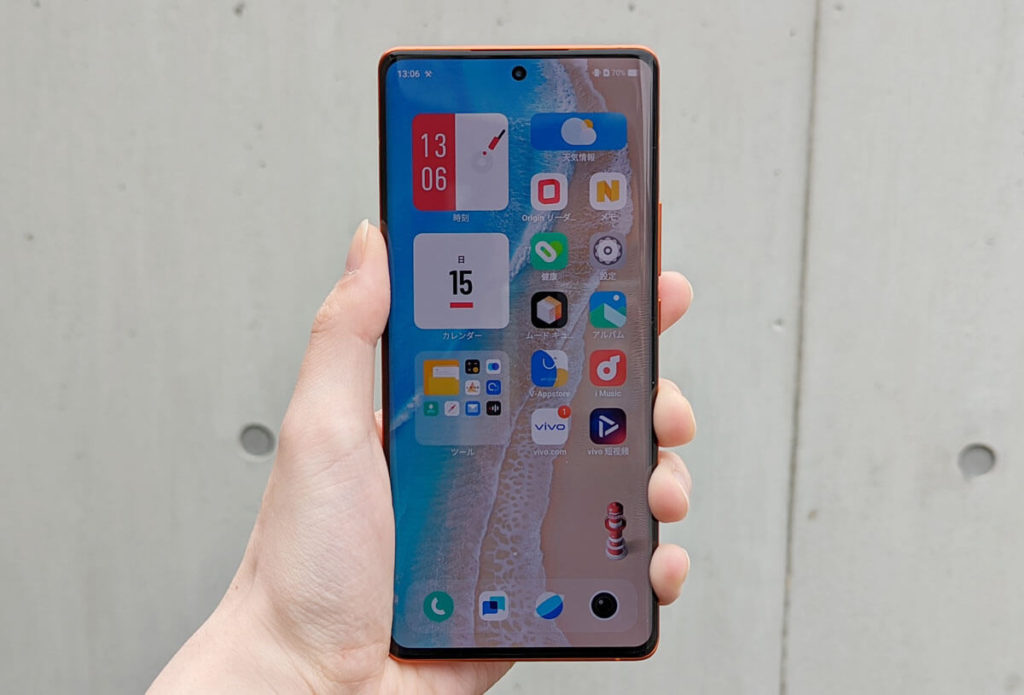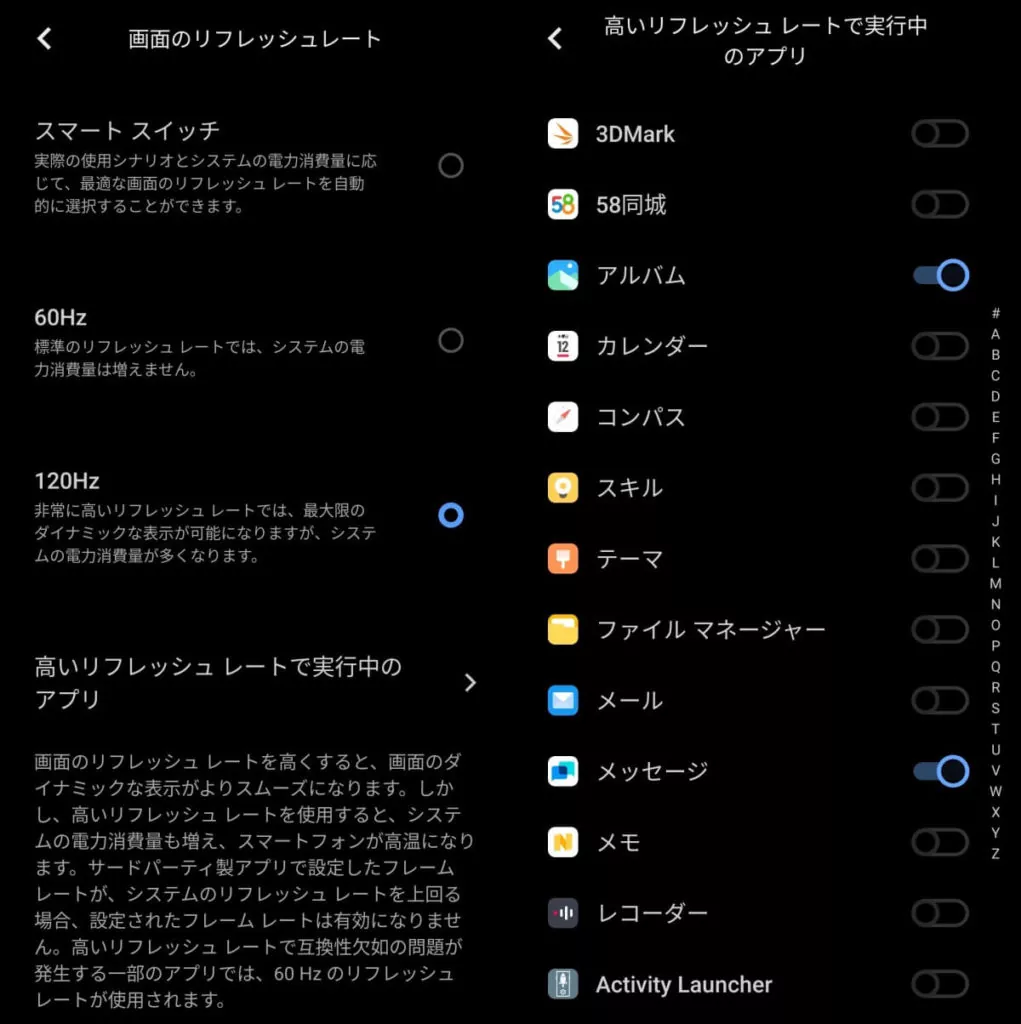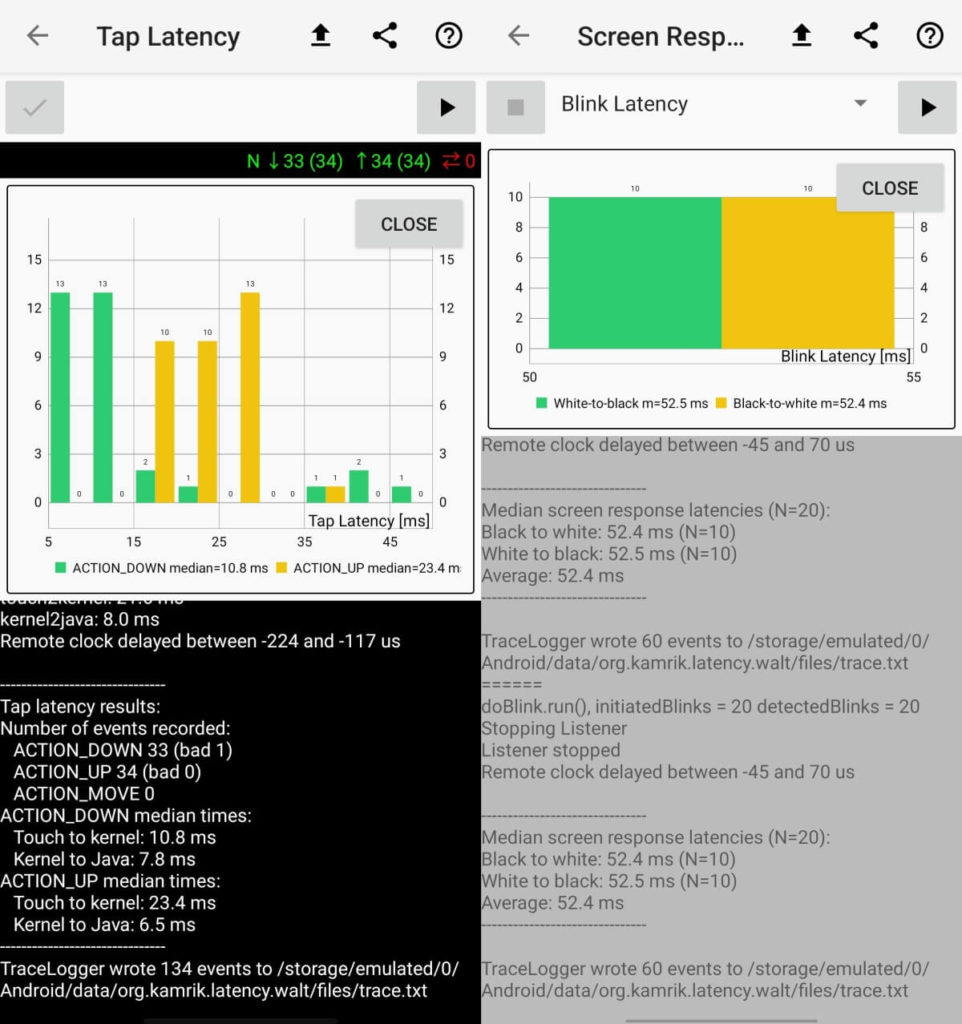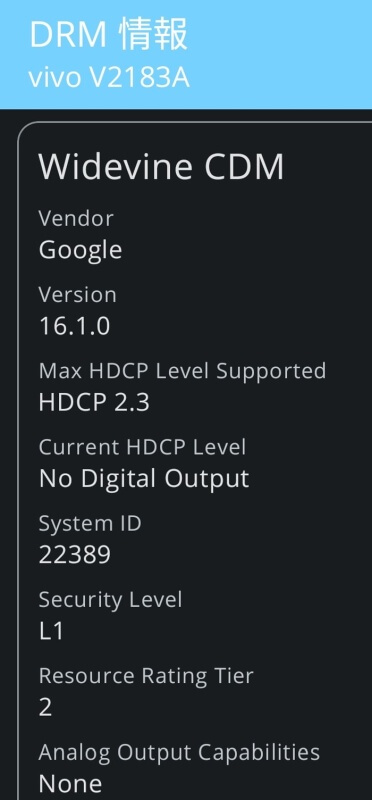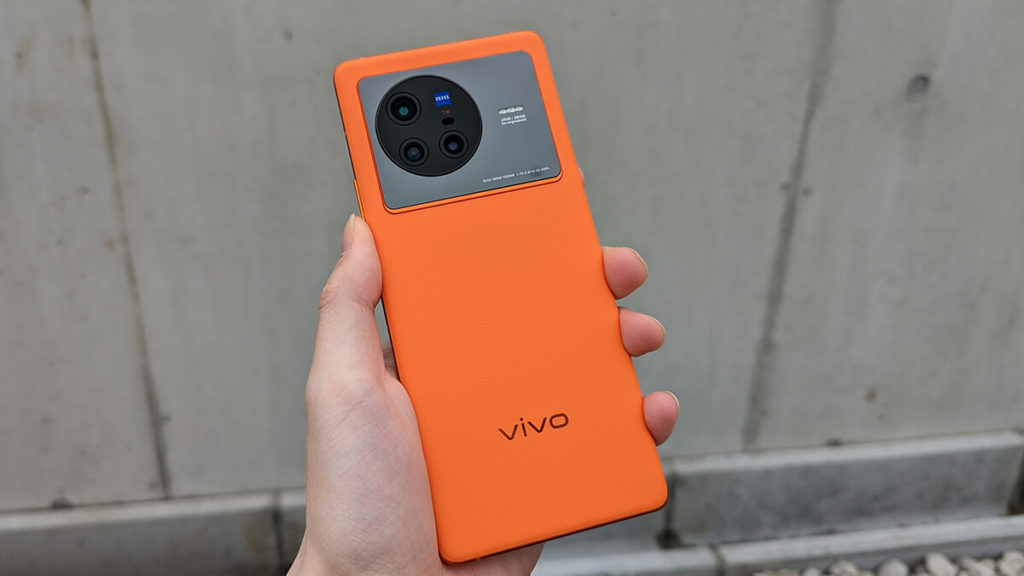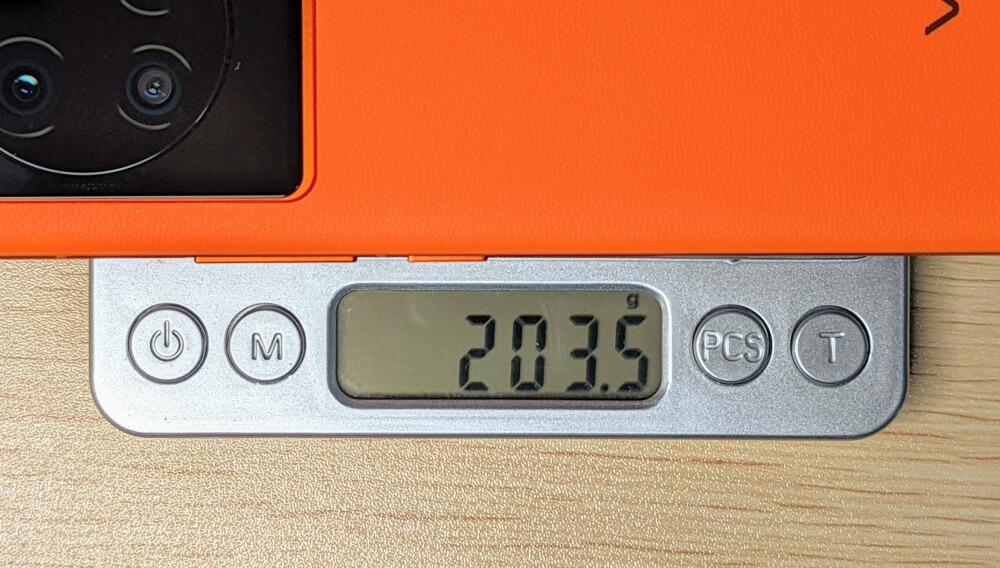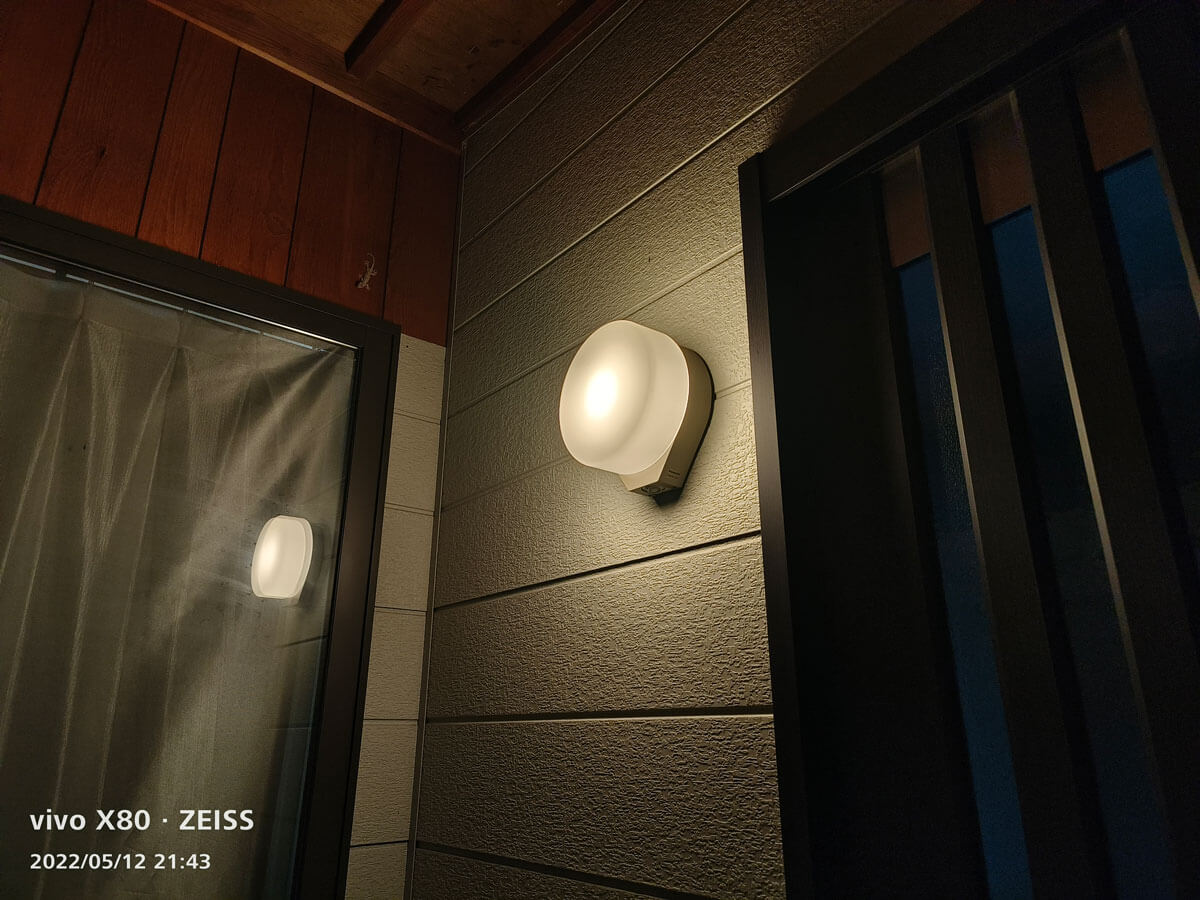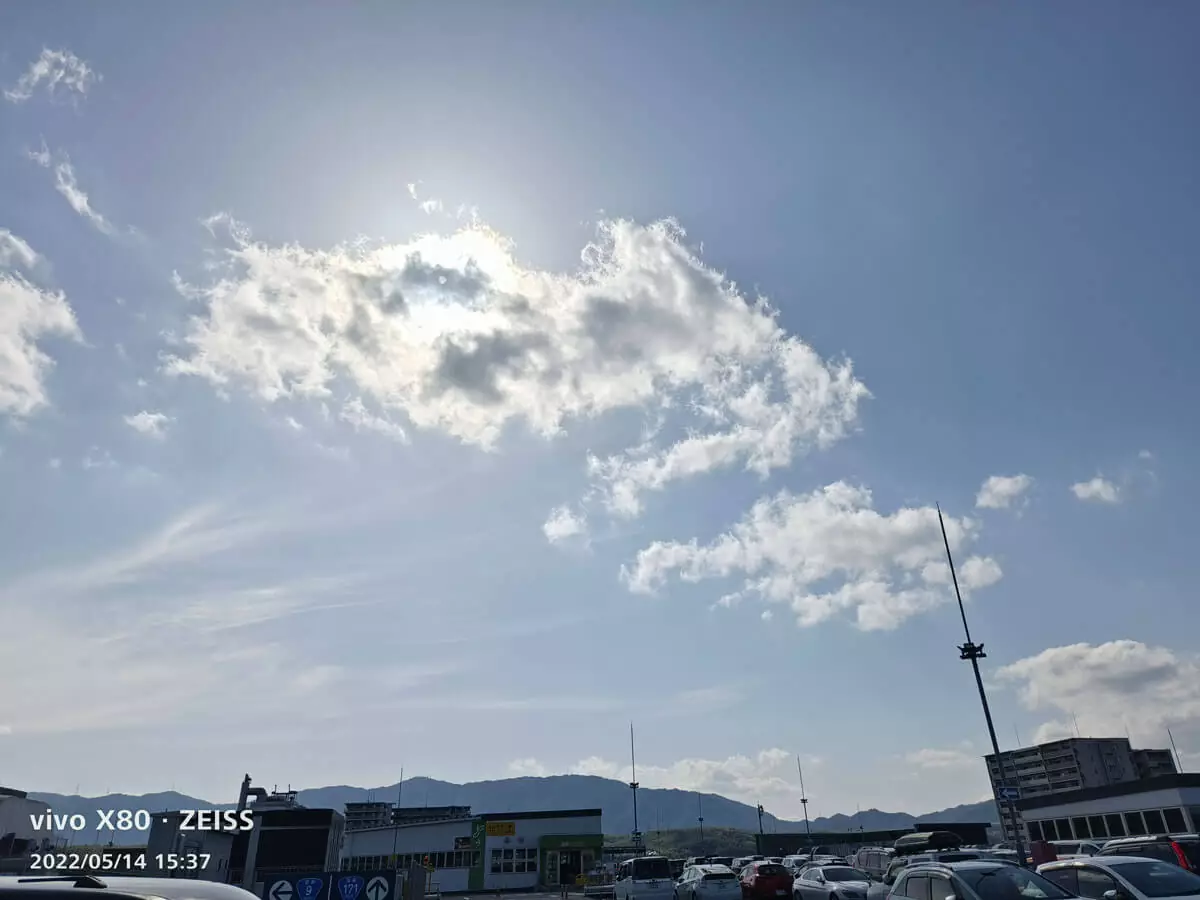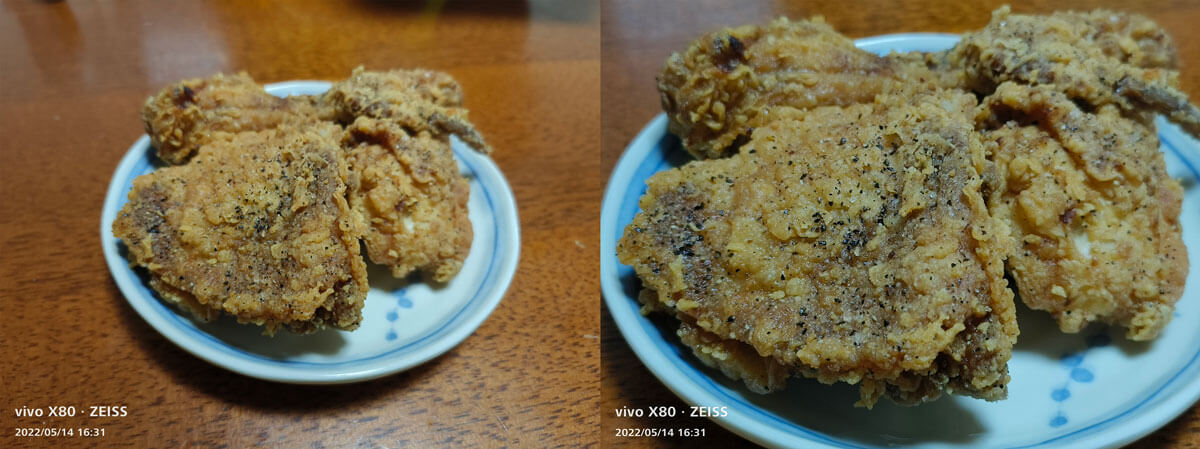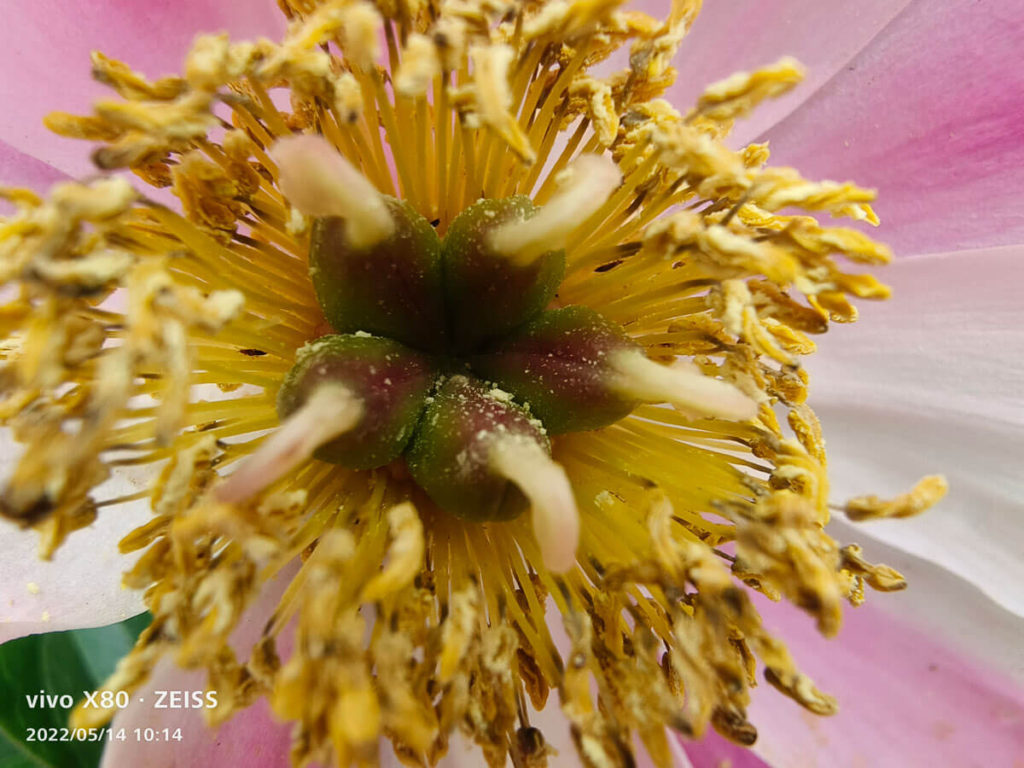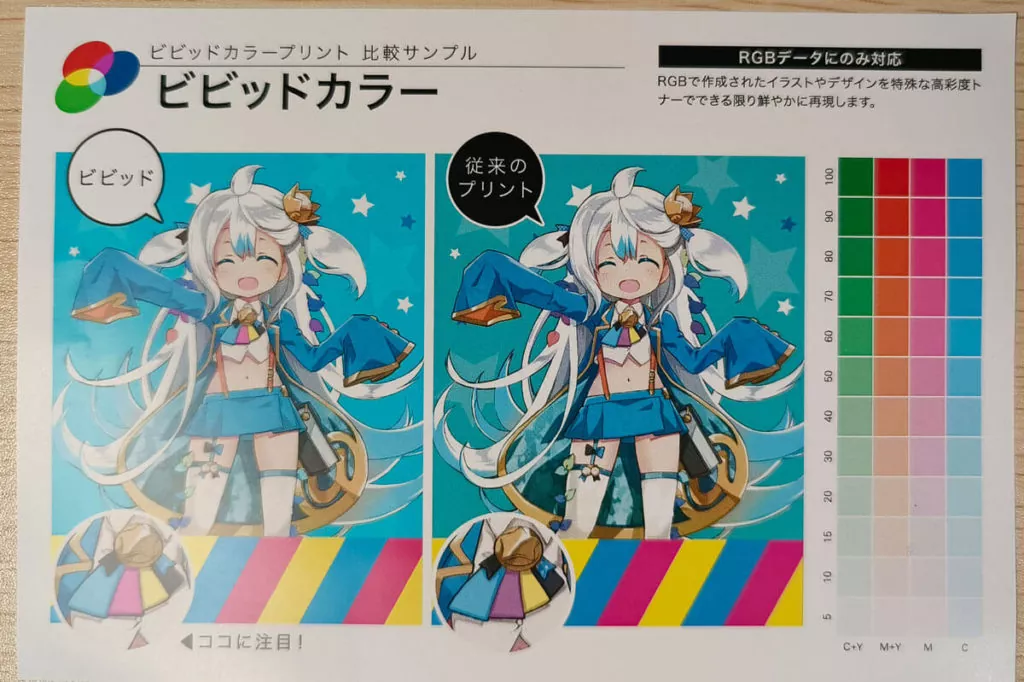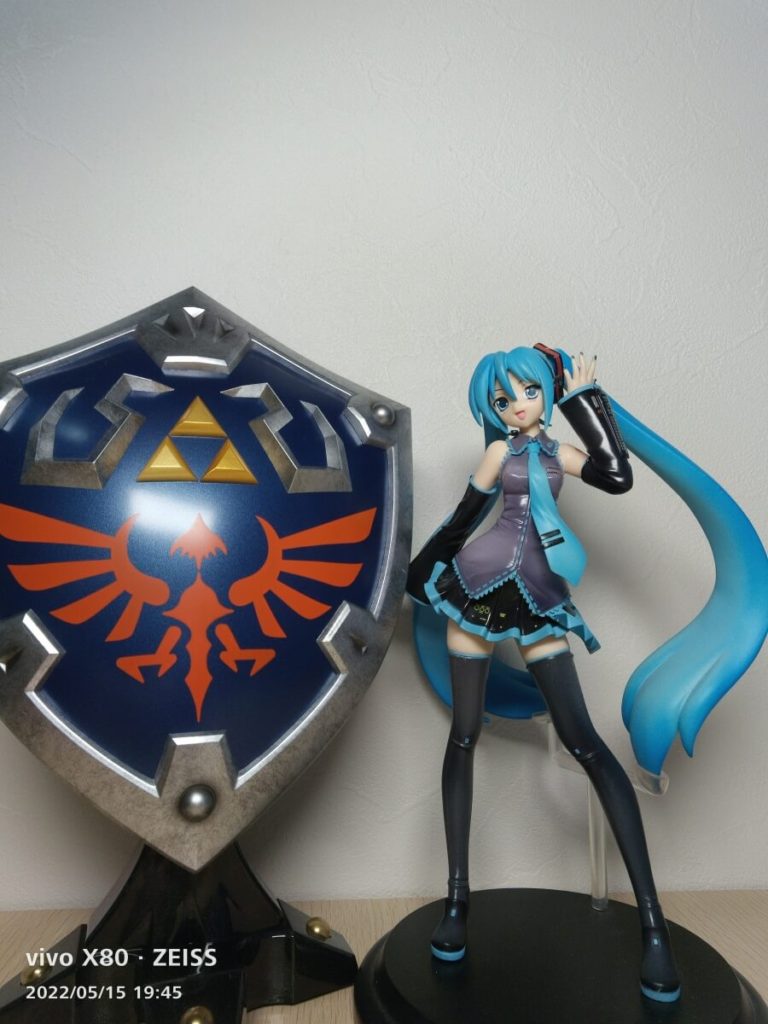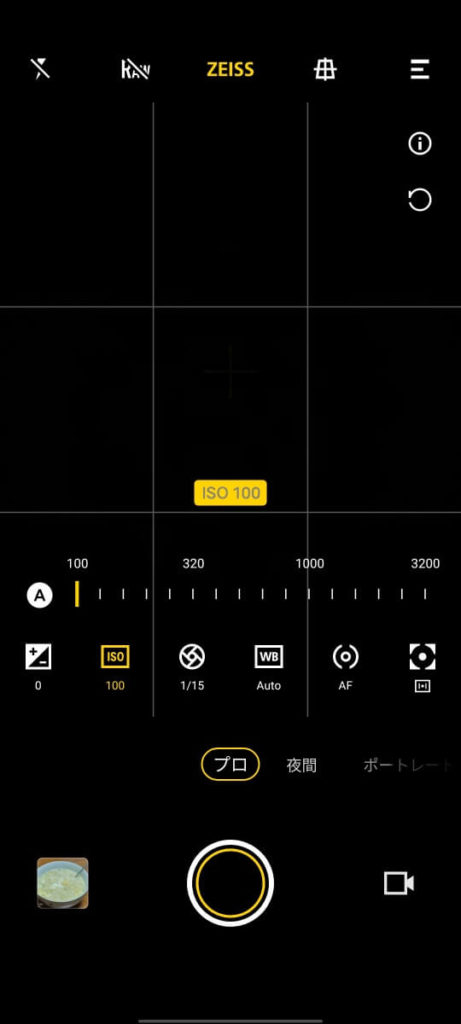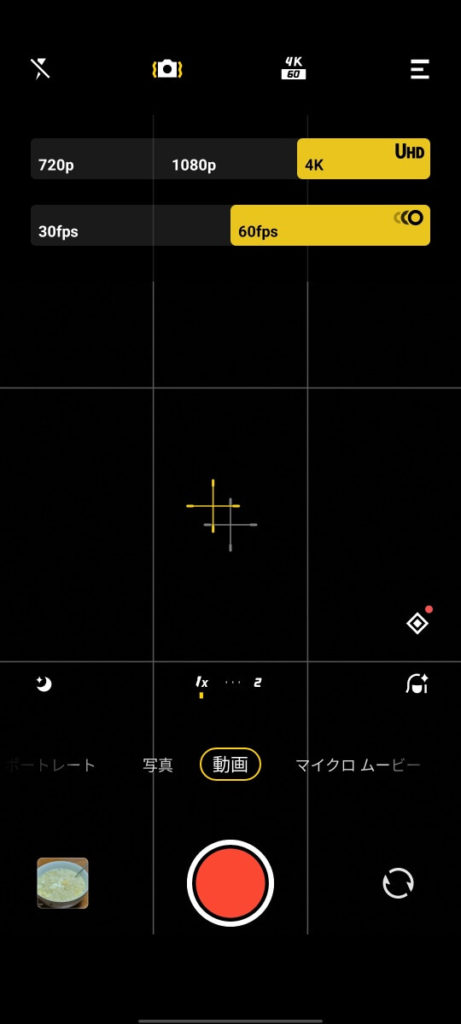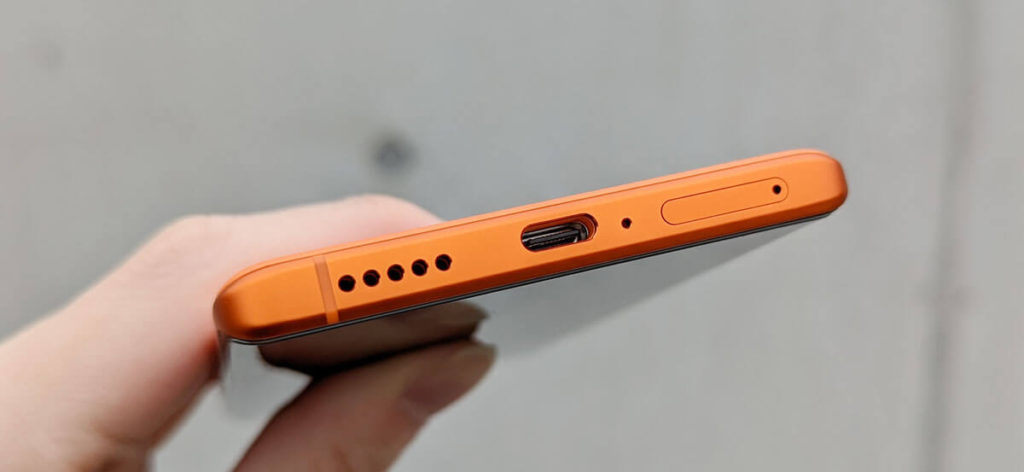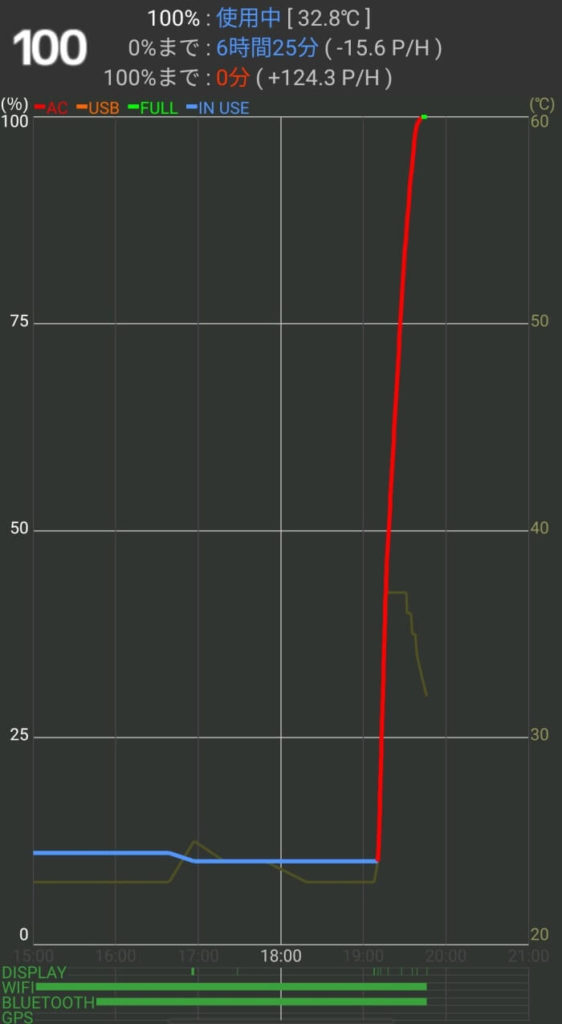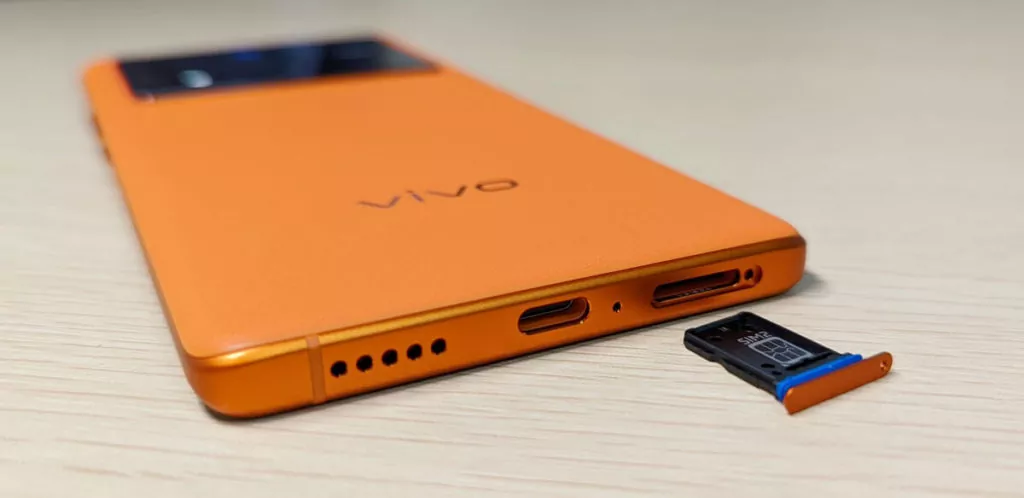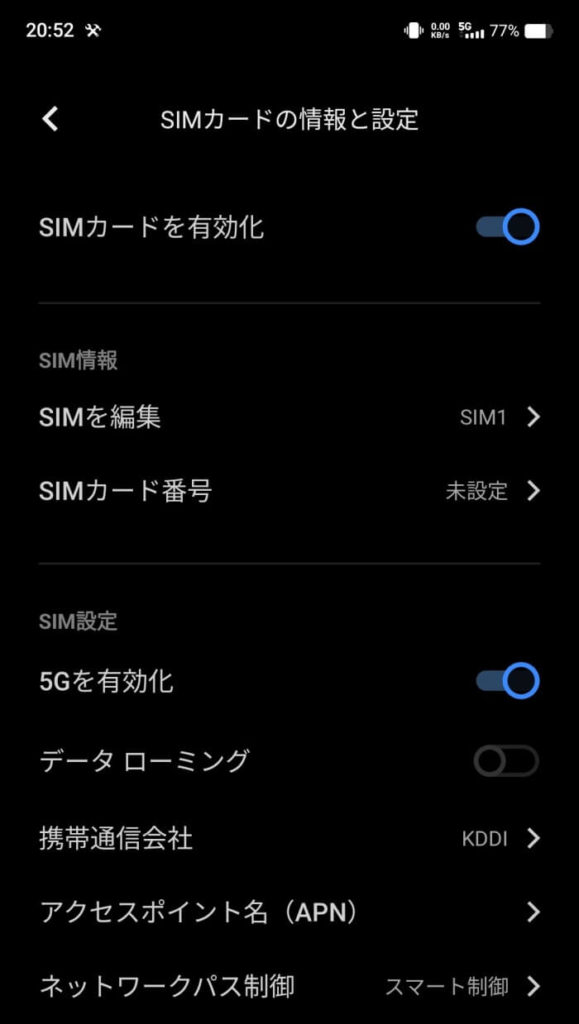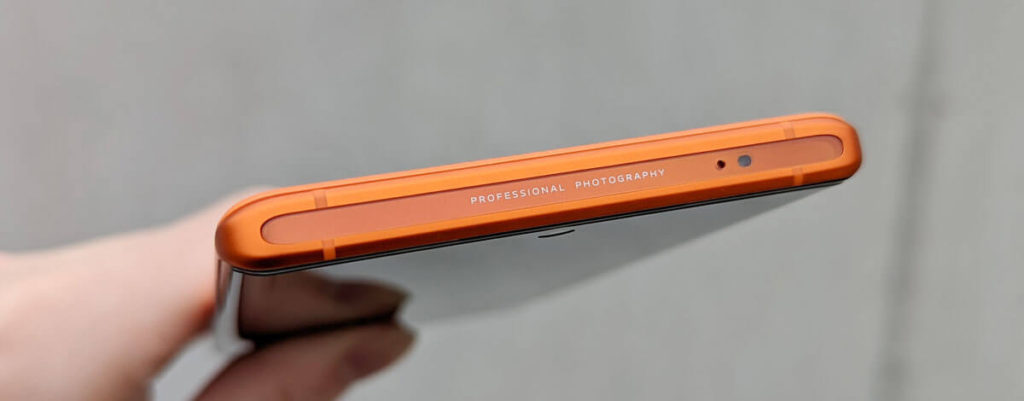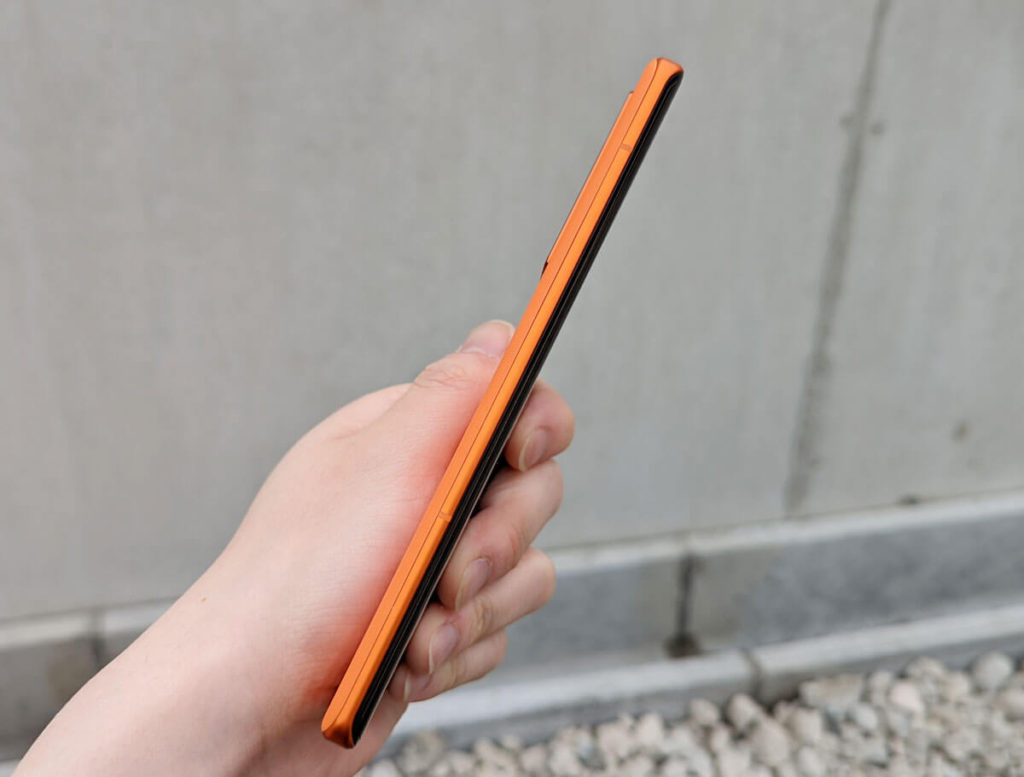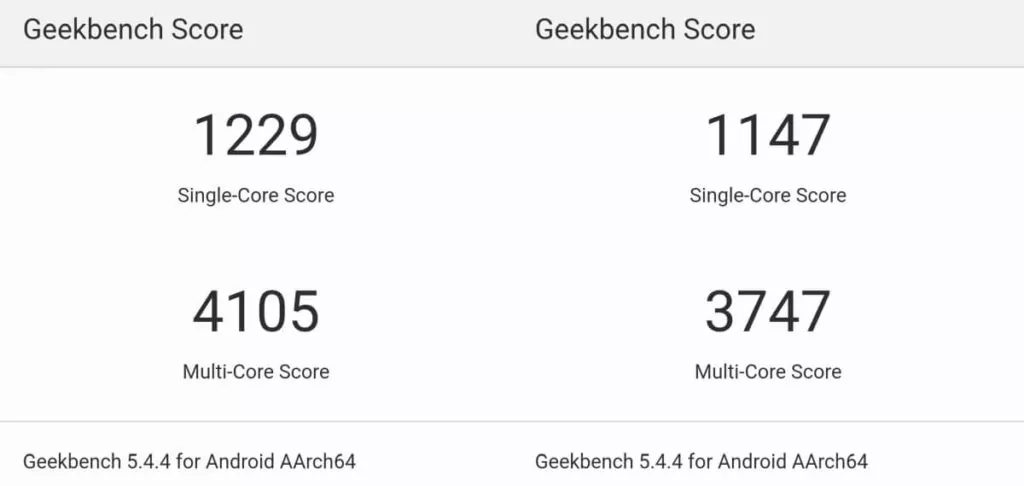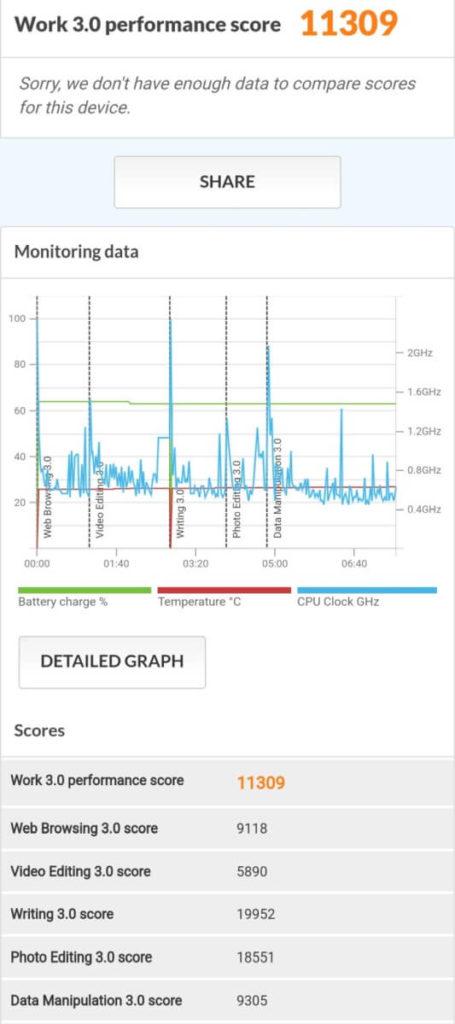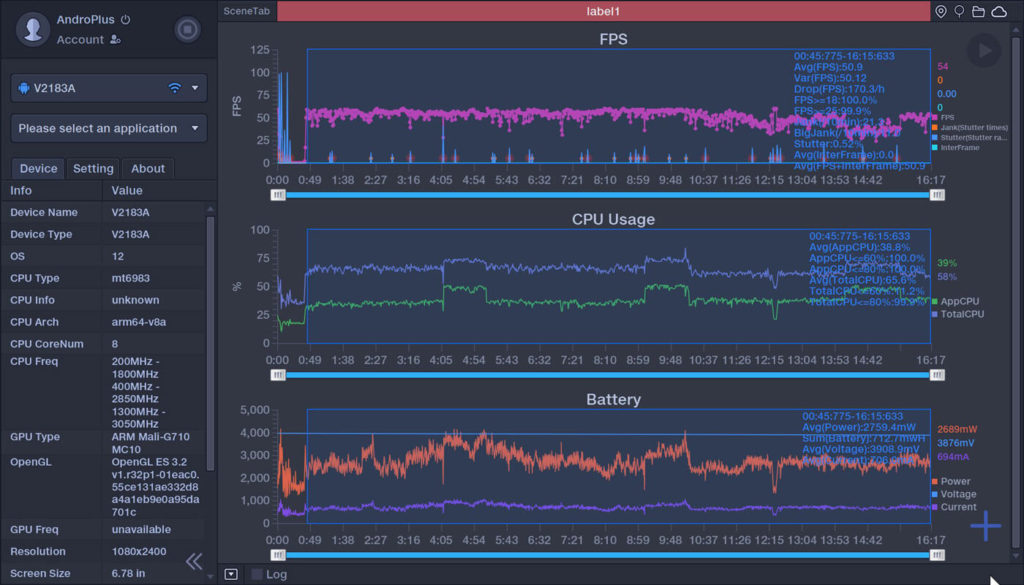Rating: 4.5
I purchased a vivo X80 (Chinese version).
Equipped with the world’s first SONY IMX866
The vivo X80 is a smartphone powered by MediaTek Dimensity 9000.
It is the first in the world to feature a SONY IMX866 camera with RGBW system, and it has a ZEISS T* coating to reduce flare and ghosting.
This review is done with the PD2183D_A_12.0.14.1.W10.V000L1 version, 8GB+128GB version.
- High CPU performance with Dimensity 9000
- E5 AMOLED with 120Hz refresh rate
- Flare protection with ZEISS T* coating
- ZEISS Natural Color for natural color
- SONY IMX866 camera with RGBW method for night photography
- 80W fast charging
- Touch latency is high
- Gaming performance is less than other companies’ SoC devices
| vivo X80 V2183A | |
|---|---|
| OS | Android 12 |
| RAM | 8GB/12GB LPDDR5 |
| Storage | 128GB / 256GB / 512GB UFS 3.1 |
| SoC | MediaTek Dimensity 9000 MT6983 |
| Display | 6.78 inch FHD+ 120Hz AMOLED |
| Size | 164.95 x 75.23 x 8.78mm (Black/Blue 8.30mm) |
| Weight | 203g (Black/Blue 206g) |
| SIM | nano SIM + nano SIM |
| Rear Camera | 50MP (SONY IMX866) + 12MP (Ultra wide SONY IMX663) + 12MP (Portrait SONY IMX663) |
| Front Camera | 32MP (Samsung S5KGD2) |
| Battery | 4500mAh |
| USB Port | USB Type-C (USB 2.0) |
| Bands | 2G GSM: 850/900/1800/1900MHz 2G CDMA: BC0 3G WCDMA: B1/B2/B4/B5/B8 3G CDMA2000: BC0 4G TD-LTE: B34/B38/B39/B40/B41(160MHz) 4G FDD-LTE: B1/B2/B3/B4/B5/B7/B8/B28A 5G:n1/n3/n5/n8/n28A/n41/n77(3300-3800MHz)/n78 |
Index
- 1 Equipped with the world’s first SONY IMX866
- 2 AMOLED display with Samsung E5 material
- 3 Equipped with in-screen fingerprint sensor
- 4 Rear with minimal rattle
- 5 ZEISS Collaboration Cameras
- 6 Supports 80W fast charging
- 7 VoLTE cannot be enabled on some carriers
- 8 Infrared port to use X80 as controller
- 9 Buttons are on the right side
- 10 High performance with an average of 50 FPS for the Genshin
- 11 Conclusion
A special vivo notebook is included exclusively for those who purchase at the official vivo store in JD.
Accessories include a protective case, protective sheet when applying protective film, charger, USB Type-A to C cable, and instruction manual.
AMOLED display with Samsung E5 material
The vivo X80 is equipped with an AMOLED display of Samsung E5 material, with a 6.78″ FHD+ resolution and 1500 nits peak.
The viewing angle is a bit narrower than the AMOLED of Samsung E4 material, but only to the extent that it turns pale when tilted about 50°, which is not a problem in normal use.
I am more concerned about the edges turning black due to the edges than the viewing angle.
The panel was diamond array.
The panel is DCI-P3 100%, and color temperature can be adjusted in the settings.
There are three refresh rates to choose from: 120Hz, 60Hz, and Smart.
If you choose 120Hz, it is a little troublesome that you have to choose apps manually to run at 120Hz refresh rate, but it is better than being restricted by system.
Touch latency and screen latency measured by WALT Latency Timer were 10.8ms from touch to kernel, 7.8ms from kernel to Java, and 52.4ms for screen drawing, for a total of 71ms.
This is about the same level of latency as the Snapdragon 439 low-end device, so it is not suitable for playing games where touch judgement is critical.
Apparently, devices with MediaTek SoC seem to be prone to delays, especially in screen rendering.
Widevine L1 allows streaming in HD quality on Amazon Prime Video (beta) and others.
Equipped with in-screen fingerprint sensor
The vivo X80 has an in-screen fingerprint sensor.
The authentication speed is reasonably fast, but it is located at the bottom of the screen, making it a bit difficult to press.
Rear with minimal rattle
The vivo X80 has a triple camera with the SONY IMX866 as the main camera, but it doesn’t rattle much when placed on a desk due to the wide space around the camera.
In orange variant, the back is made of leather-like material, which is less slippery than glass.
It weighs 203.5g.
ZEISS Collaboration Cameras
vivo is collaborating with ZEISS, and the vivo X80 has a number of software collaborations with ZEISS, including ZEISS T* coating and ZEISS Cinematic mode.
It has a triple camera: 50MP (SONY IMX866) + 12MP (ultra wide angle SONY IMX663) + 12MP (portrait SONY IMX663), all from SONY.
The photos taken are saved here.
Even when taking pictures of lights at night, the white pops are suppressed quite well. However, compared to the vivo X70 Pro+, the tuning may not be as good, and the white pops are not completely suppressed.
Even in near dark conditions, you can shoot with a blue sky as if it were daylight.
The clouds are like noise, which is not so good, but I expect that it will be further tuned in future updates.
With vivo’s proprietary V1+ chip, the preview screen will look the same as it did after the photo was taken.
In the photo taken with the vivo X80 and the Pixel 6, you can see that the vivo X80 previews with more vivid colors.
This is what it looks like when the sun is hidden by clouds during the day.
The area near the sun is white out, but there is little flare.
Digital zoom up to 20x is available.
Compared to 1x, 2x zoom gives the impression of being more prone to cold color adjustments.
The 0.6x ultra wide-angle mode produces images with minimal distortion.
There is also a super macro mode that allows you to get as close as 3 cm.
Turning on ZEISS Natural Color produces relatively natural tints.
The color saturation is still slightly higher than that of the human eye, but it is well-balanced because it does not overemphasize any particular color.
The in-camera seems to be slightly noisy, but it is clear enough.
In pro mode, you can adjust ISO (100 – 3200), white balance, etc.
If you turn on motion autofocus, it will keep focusing even on moving objects.
Video can be shot up to 4K@60fps, and image stabilization is also available.
Top is 4K@60fps, bottom is 1080p@60fps.
It has a movie mode called ZEISS Cinematic, which allows you to shoot movies with an aspect ratio of 2.39:1.
It is limited to 1080p@24fps.
Supports 80W fast charging
The vivo X80 supports 80W FlashCharge fast charging.
At 40% battery power, the battery is limited to about 35W, so the time to benefit from 80W is short.
Nevertheless, it is fast enough as it takes 35 minutes to charge from 10% to 100%.
The temperature rise is about 37.5°C maximum, which is probably aimed at lowering the load on the battery while charging quickly.
VoLTE cannot be enabled on some carriers
The bands supported by the vivo X80 are:
- 2G GSM: 850/900/1800/1900MHz
- 2G CDMA: BC0
- 3G WCDMA: B1/B2/B4/B5/B8
- 3G CDMA2000: BC0
- 4G TD-LTE: B34/B38/B39/B40/B41(160MHz)
- 4G FDD-LTE: B1/B2/B3/B4/B5/B7/B8/B28A
- 5G:n1/n3/n5/n8/n28A/n41/n77(3300-3800MHz)/n78
It seems to be a pattern that the VoLTE profile is included but the option to activate it does not appear, and the data communication itself can be used without any settings.
Infrared port to use X80 as controller
There is an infrared port on the top, which can be used as a remote control for air conditioners and fans if the Mi Remote app or others are installed.
Unfortunately, the volume balance is different on the left and right sides due to the stereo speakers used for calls, and the sound spread is not very good.
The treble seems to be a little weak.
The frequency response measured by miniDSP UMIK-1 from a distance of about 30 cm surrounded by sound-absorbing mats is as follows.
Buttons are on the right side
The power and volume buttons are located on the right side.
It is easy to touch the power button naturally when you hold the device.
There is nothing on the left side.
High performance with an average of 50 FPS for the Genshin
We have observed throttling in other models with MediaTek Dimensity 8100/9000 with benchmark boost or package name specification, but unfortunately throttling was also performed on the vivo X80.
In Geekbench 5, the performance was reduced from 1229 single-core and 4105 multi-core in the normal build to 1147 single-core and 3747 multi-core in the build disguised as Genshin.
The same trend was observed when we re-measured with the normal build immediately after measuring with the Genshin build, so it is clear that the application is only excluded from throttling if it is identified as a benchmark application.
The logs show that libMEOW_gift.so identifies the package name, and since realme GT Neo 3 and others had similar libMEOW, the throttling by package name specification is apparently MediaTek’s initiative.
It is a shame that it does not give us benchmark results that are more in line with the real-world environment, though it does not use the same method as realme of intentionally sticking the CPU clock at the upper limit to make the results look better.
Even with throttling, the performance is higher than a poor Snapdragon 8 Gen 1-powered device, so there should be no need to play tricks.
There is a “BOOST” mode in the battery settings, but turning it on did not change the behavior.
It may be that the MediaTek-driven performance adjustment is a separate line of adjustment from the one intended by vivo.
In the 3DMark Wild Life Stress Test, the score was 8790, with a temperature increase from 25°C to 48°C (23°C increase) and 27 to 63 FPS.
It outperformed the Snapdragon 888 Plus and Google Tensor, but fell a step short of the Snapdragon 8 Gen 1.
In PCMark Work 3.0, which measures performance in everyday use such as document operations, the score was 11309.
The score did not increase well, perhaps due to weak storage performance in some areas, and is comparable to Snapdragon 870 models.
Sequential read is fast, but somehow random read is slow.
When running Genshin at the highest quality and 60 FPS setting and measured with WeTest PerfDog, the average was 50.9 FPS.
The battery temperature rose to a maximum of about 39°C.
While 50FPS is great enough, it is modest compared to the Redmi K50 Pro and realme GT Neo 3 150W, which can deliver nearly 55FPS.
Conclusion
- High CPU performance with Dimensity 9000
- E5 AMOLED with 120Hz refresh rate
- Flare protection with ZEISS T* coating
- ZEISS Natural Color for natural color
- SONY IMX866 camera with RGBW method for night photography
- 80W fast charging
- Touch latency is high
- Gaming performance is less than other companies’ SoC devices
While MediaTek SoC-based phones often have low specs and poor camera quality, thanks to the Dimensity 9000, the performance is good enough to partially exceed the Snapdragon 8 Gen 1, and the V1+ chip and ZEISS T* coating make the camera performance good enough to compete with Snapdragon SoC-powered phones.
For gaming purposes, the large touch latency is a disadvantage, but games that are not severely judged can be played comfortably.

